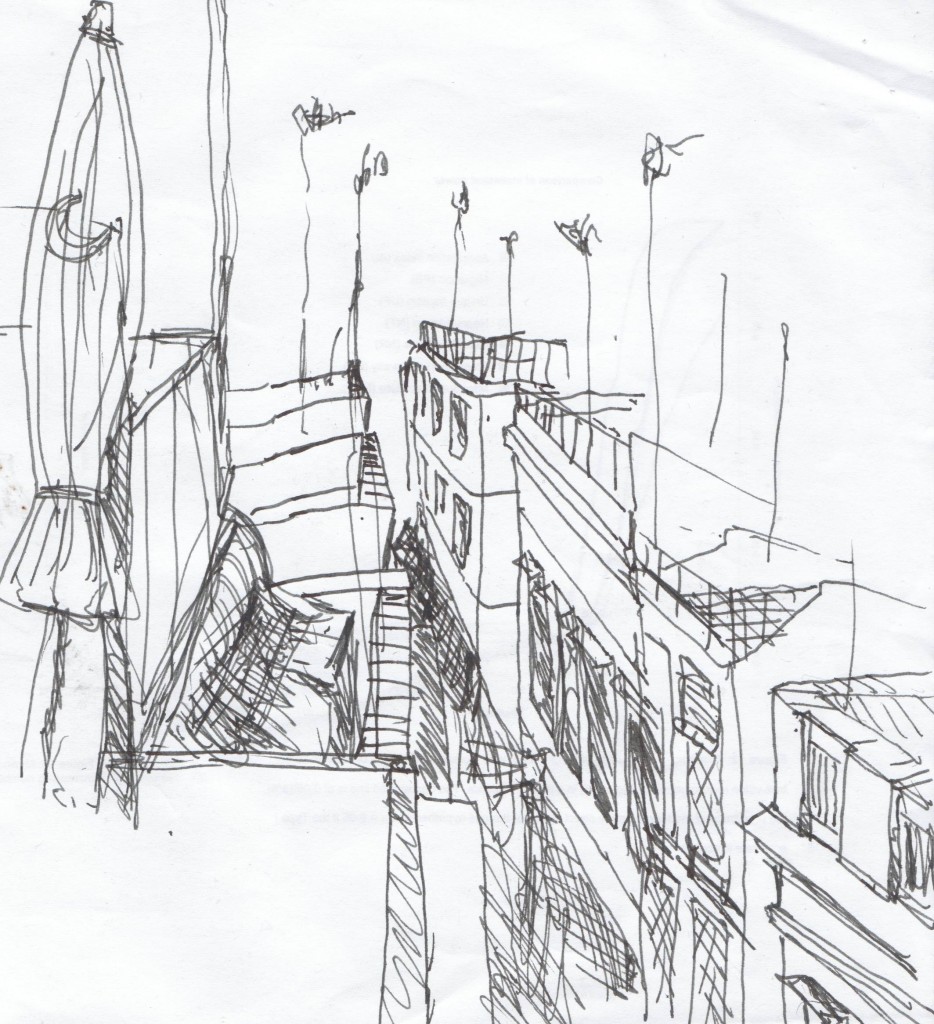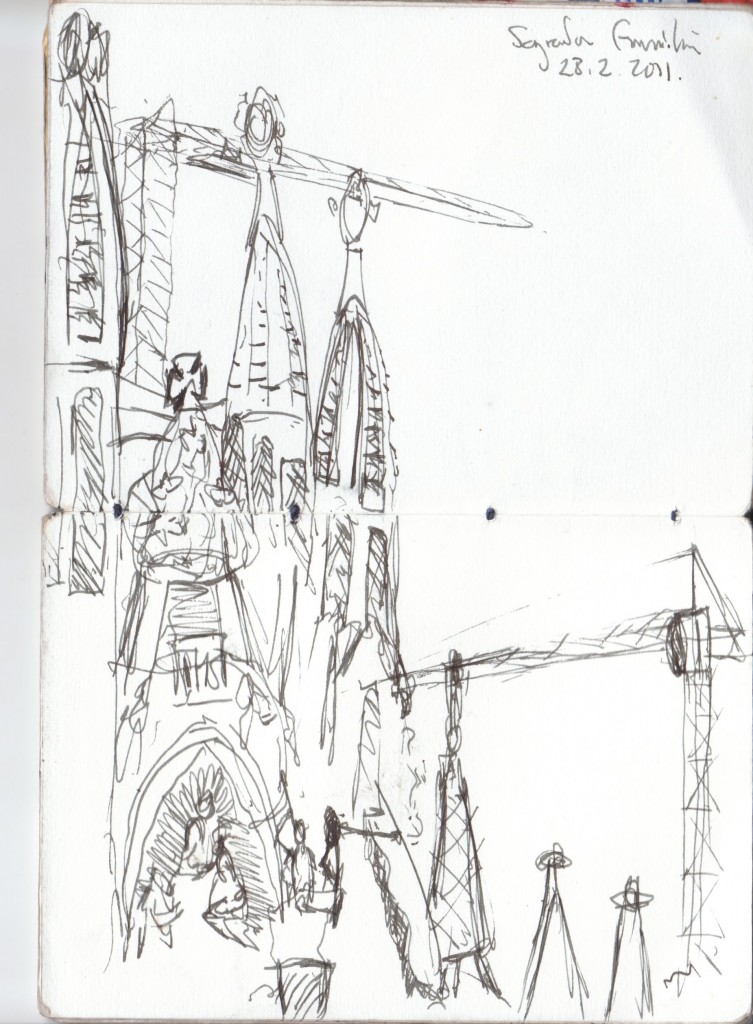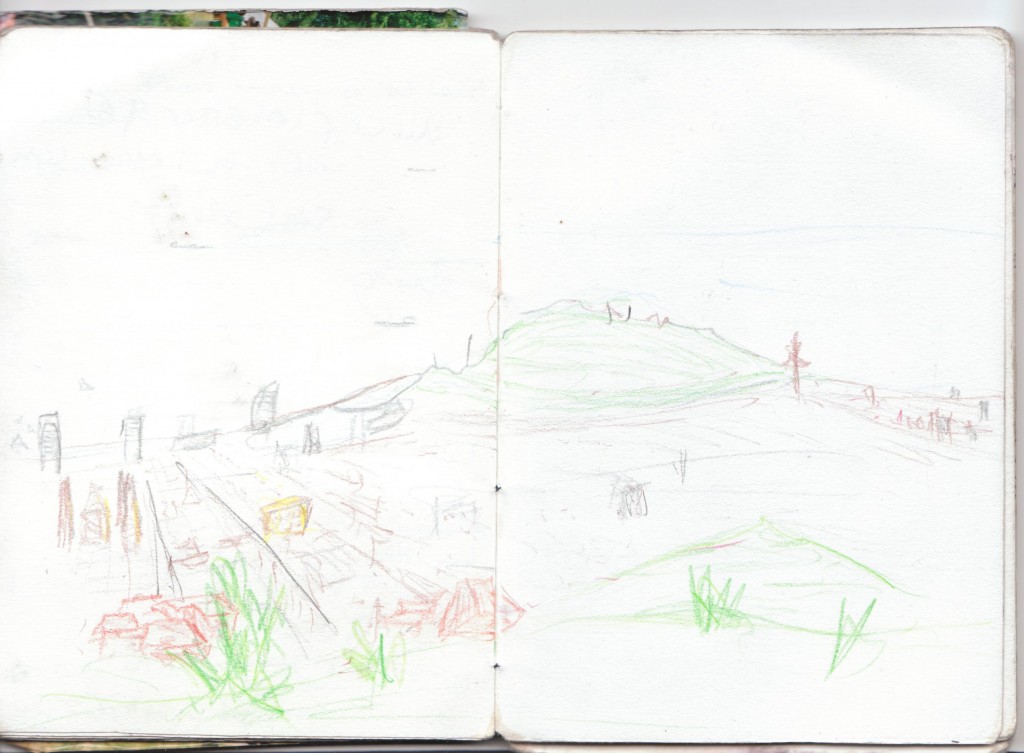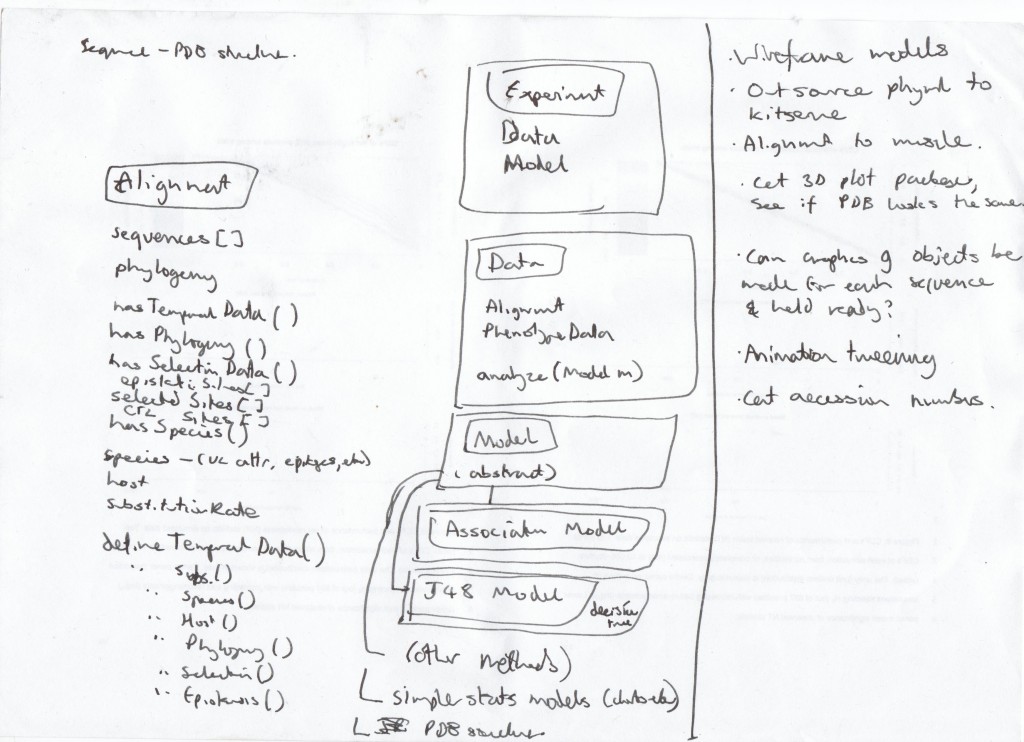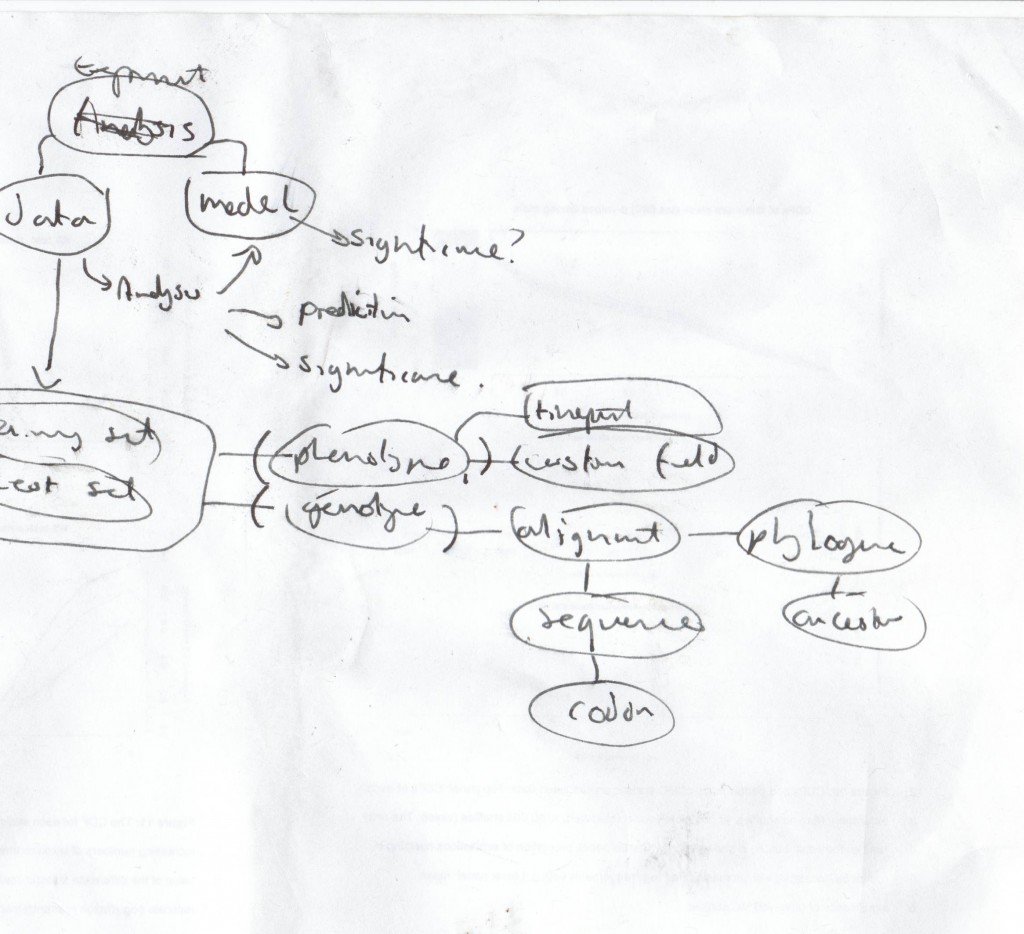J Virol. 2011 May 18. [Epub ahead of print]
Clegg SR, Coyne KP, Parker J, Dawson S, Godsall SA, Pinchbeck G, Cripps PJ, Gaskell RM, Radford AD.
Canine parvovirus 2 (CPV-2) is a severe enteric pathogen of dogs, causing high mortality in unvaccinated dogs. After emerging, CPV-2 spread rapidly worldwide. However, there is now some evidence to suggest that international transmission appears to be more restricted. In order to investigate the transmission and evolution of CPV-2 both nationally and in relation to the global situation, we have used a long range PCR to amplify and sequence the full VP2 gene of 150 canine parvoviruses obtained from a large cross-sectional sample of dogs presenting with severe diarrhoea to veterinarians in the UK, over a two year period. Amongst these 150 strains, 50 different DNA sequence types were identified, and apart from one case, all appeared unique to the UK. Phylogenetic analysis provided clear evidence for spatial clustering at the international level, and for the first time also at the national level, with the geographical range of some sequence types appearing to be highly restricted within the UK. Evolution of the VP2 gene in this dataset was associated with a lack of positive selection. In addition, the majority of predicted amino acid sequences were identical to those found elsewhere in the world, suggesting CPV VP2 has evolved a highly fit conformation. Based on typing systems using key amino acid mutations, 43% of viruses were CPV 2a, 57% CPV 2b, with no type 2 or 2c found. However phylogenetic analysis suggested complex antigenic evolution of this virus, with both type 2a and 2b viruses appearing polyphyletic. As such, typing based on specific amino acid mutations may not reflect the true epidemiology of this virus. The geographical restriction we observed both within the UK, and between the UK and other countries, together with the lack of CPV-2c in this population, strongly suggest the spread of CPV within its population may be heterogeneously subject to limiting factors. This cross-sectional study of national and global CPV phylogeographic segregation reveals a substantially more complex epidemic structure than previously described.

